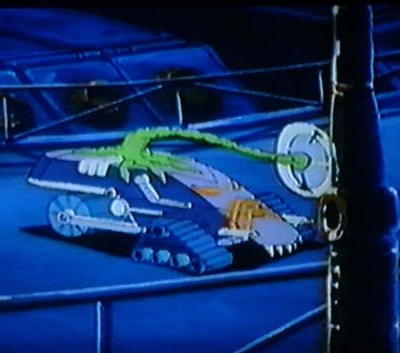In 2014, friend, board game aficionado, and former colleague from The Los Angeles Film School, Sebastian Sohn put me in touch with folks at USC who were looking for part-time faculty to teach a level design class. I was already teaching level and game design full-time at LAFS, but USC has very well-regarded game development programs and it was an opportunity I couldn’t pass up.
I met with the inimitable Tom Sloper and in short order had a new level design class to build. I couldn’t use the materials I’d made for LAFS, naturally, so I had to rebuild things from the ground up. Including a simple game for students to make level packs for.
I rebuilt a basic platforming game following Sebastian Lague’s platformer tutorials.
But what core mechanic should it have?

Students at LAFS often wanted to add mechanics and change the gameplay of Mustachio and Friends. Admittedly, early on, I balked at the idea of changing the core game. The core lesson of Mustachio is about making a cohesive progression. That becomes challenging when the level designers are using totally different mechanics from one another.
I have learned over time that those personal initiatives are often as or more important than my lessons and giving students the freedom to color outside the lines was entirely beneficial. The compromise was that they were free to take Mustachio wherever they wanted so long as they also produced levels for the game-as-presented. It has worked out really well.
One student introduced hazards that rotated in 3D space which didn’t radically affect the gameplay, but looked cool. It also and took some advantage of Mustachio being built in a 3D engine, even if the gameplay is 2D.
This idea stuck with me, though my thought was to give the rotating hazard to the player as a weapon. A sort of intermittent buzz saw to chew through obstacles and enemies, which I’ve been fascinated with since Jayce and the Wheeled Warriors (and Speed Racer).

Early iterations were clunky and awkward until I remembered a trig lesson from a co-worker some years prior about making objects orbit. (Thanks, Greg)
Before long, I had an orb circling the player which was still a Mustachio-like cube. The orbiting was graceful and pretty to watch as the player ran and jumped, the orb trailing along attempting to make its orbits. I made the orbiter a weapon, destroying the terrain it touched.
It was a disaster.
That thing chewed through EVERYTHING. And fast. If you jumped down to a platform and ran a long stretch, as the orb dipped below the ground it would simply devour the world behind you like a daggum langolier. It was sorta terrifying.
And…
What would happen if you ran into it…? Obviously SOMETHING should happen. But what?
I don’t now recall the moment when Photonica’s core mechanic occurred to me, but I recall that it all came on very quickly and felt right. When the player runs into the orb, they swap. The two entities need each other, but only one is in control at a time. At this point they both wanted to be orbs – and that worked perfectly with my art skills… I made both of them colored particle balls.

Briefly, I considered having the orbs have different abilities and interact with the environment in different ways, but settled on having the orbs be different colors (red and blue) with the blue orb able to collect blue blocks and the red orb able to collect red blocks. All blocks must be collected before exiting the level. If the red orb touches a blue block or the blue orb touches a red block, game over. The orbs as they orbit are still chewing through the terrain, but every platform block can take two hits.
Gold sparkles highlight the exit and also fly from each successfully collected block to the player where they nestle and give the controlling orb a bright and furry corona as they accumulate.
With months instead of weeks to develop levels and a core-mechanic that lent itself to exploration, students working with Photonica are tasked with experimentation and identification of core skills that the mechanics allow. They are likewise encouraged to give those skills Warioware-like names “The Cowboy” for slinging the orbiter or “The Ol’ Switcheroo” for timed switches.
Individually the students create about 10 levels apiece and then sort them into a level progression challenge, skills-used, and fun.
About half-way through the first term the first time I used Photonica, I posed a question to the class – we hadn’t discussed it before – but the agreement was a full-throat chorus in response.
‘What is Photonica’s most core skill?’ I asked.
‘Patience!’ they replied.
I didn’t intend that. I didn’t foresee it. But I have to say… I like it.
